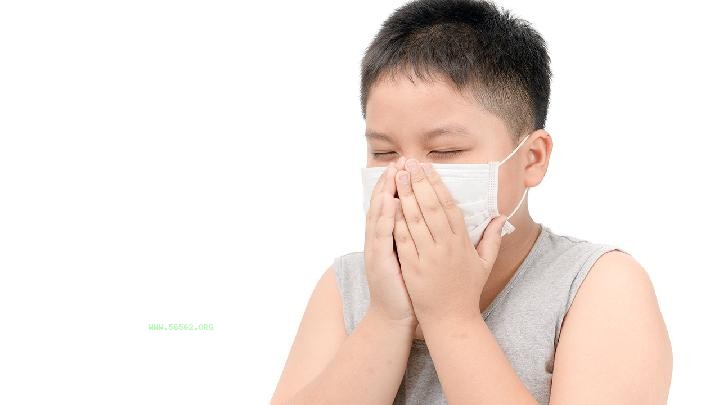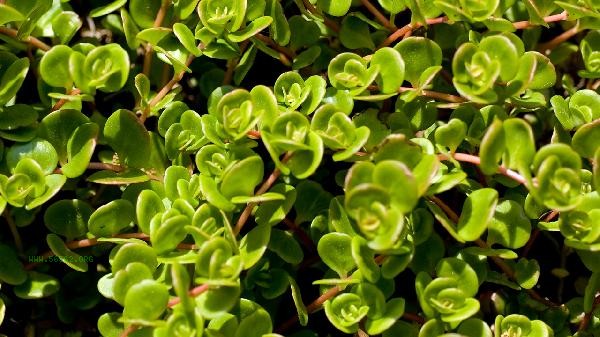Pertussis is an acute respiratory infectious disease caused by Bordetella pertussis. This disease is characterized by cough as the prominent manifestation, with a long course of up to 2-3 months, hence it is called "pertussis". In particular, the incidence rate of children is the highest. The first 2-3 weeks of onset have the strongest infectivity, mainly transmitted through droplets during coughing. So, how should we feed ourselves?
Three stages of traditional Chinese medicine recommended dietary therapy for treating pertussis
1. Initial cough period (external wind heat)
Symptoms: From onset to paroxysmal spasmodic cough, generally lasting 7-10 days. At first, there was coughing and sneezing, accompanied by low-grade fever for about 3 days. Later, the cough gradually worsened, often mild during the day and heavy at night.
Dietary strategy: It is advisable to dispel wind, clear heat, and reduce phlegm and qi. Commonly used modifications to mulberry and chrysanthemum drinks: mulberry leaves, chrysanthemums, mint, almonds, bellflower stems, forsythia suspensa, reed, licorice, etc. High fever combined with gypsum, Scutellaria baicalensis, and Gardenia montana, and excessive phlegm combined with Tianzhu Huang and Chuanbei.
Recommended Tonic Diet Recipe: Houttuynia cordata leaves and green beans Congee
Materials: 50g Houttuynia cordata (fresh), 15g Su leaves, 60g green beans, 60g japonica rice, 30g rock sugar.
Practice.
2. Spasmodic cough period (phlegm heat closing the lungs)
Symptoms: There are obvious paroxysmal and spasmodic coughs, which generally last for 2-6 weeks and can also last for more than 2 months. The characteristic of spasmodic cough is a series of continuous spasmodic coughs, accompanied by a deep and long inhalation. At this time, due to a large amount of rapid air passing through the spasming glottis, a special high pitched chicken crow like inspiratory roar is emitted, commonly known as "hooked". Then there was another spasm cough, repeated multiple times, until a large amount of viscous sputum was coughed up, often accompanied by vomiting. Dietary strategy: It is advisable to clear heat, dissolve phlegm, clear the lungs, and reduce reflux. Commonly used Ma Xing Shi Gan Tang and Xie Bai San combined with Wen Dan Tang with modifications: Ephedra sinica, gypsum, almond, licorice, bamboo root, Pinellia ternata, tangerine peel, citrus peel, Poria cocos, mulberry bark, and earth bone bark. If sweating profusely, reuse gypsum, Scutellaria baicalensis, and Anemarrhena. For those with bleeding eyes, add Qingdai, Baimao, and Xuanshen. For those with thick and sticky phlegm, add cinnabar and sea pumice.
Dietary strategy: It is advisable to clear heat, dissolve phlegm, clear the lungs, and reduce reflux. Commonly used Ma Xing Shi Gan Tang and Xie Bai San combined with Wen Dan Tang with modifications: Ephedra sinica, gypsum, almond, licorice, bamboo root, Pinellia ternata, tangerine peel, citrus peel, Poria cocos, mulberry bark, and earth bone bark. If sweating profusely, reuse gypsum, Scutellaria baicalensis, and Anemarrhena. For those with bleeding eyes, add Qingdai, Baimao, and Xuanshen. For those with thick and sticky phlegm, add cinnabar and sea pumice.
Recommended Tonic Diet recipe: persimmon and siraito soup
Materials: 30g persimmon, 1 siraito and 25g rock sugar.
Practice: fry siraitia grosvenorii and persimmon in water for 30 minutes, add rock sugar to dissolve and mix well before taking.
3. Recovery period (deficiency of both lungs and spleen)
Symptoms: During the recovery period, spasms and coughs are relieved, and the "rebound" disappears until the cough stops, which takes about 2-3 weeks. Complications such as pneumonia and atelectasis can persist for several months without recovery.
Dietary strategy: It is advisable to nourish qi and yin, and nourish the lungs and spleen. Add and subtract Ginseng Wumingzi Decoction: Ginseng, atractylodes macrocephala, Poria cocos, Licorice, Ophiopogon japonicus, Schisandra chinensis, etc. If qi deficiency is the main cause, add Huangqi and raw oysters. If coughing is still severe, add winter flowers, purple garden, earth bone bark, Sichuan shellfish, etc.
Recommended Tonic Diet Recipe: Sea Cucumber Lily and Jade Bamboo Congee
Material: 15g North Sea Cucumber, 15g Lily, 10g Jade Bamboo and 30g Japonica Rice.
Method: First, take the liquid medicine and japonica rice from the water fried sea cucumber, lily and polygonatum odoratum and boil them into porridge for 3 days.
Dietary precautions:
It is advisable to choose semi liquid or soft foods that are thin, soft, easy to digest and absorb, and suitable for swallowing. Due to the long course of the disease, it is important to choose foods that are high in calories, contain high-quality protein, and are rich in nutrients. Eat small and frequent meals, maintain fresh indoor air with a temperature of around 18-22 ℃ and humidity of 60%, and avoid coughing caused by smoke and dust irritation.




Comments (0)
Leave a Comment
No comments yet
Be the first to share your thoughts!